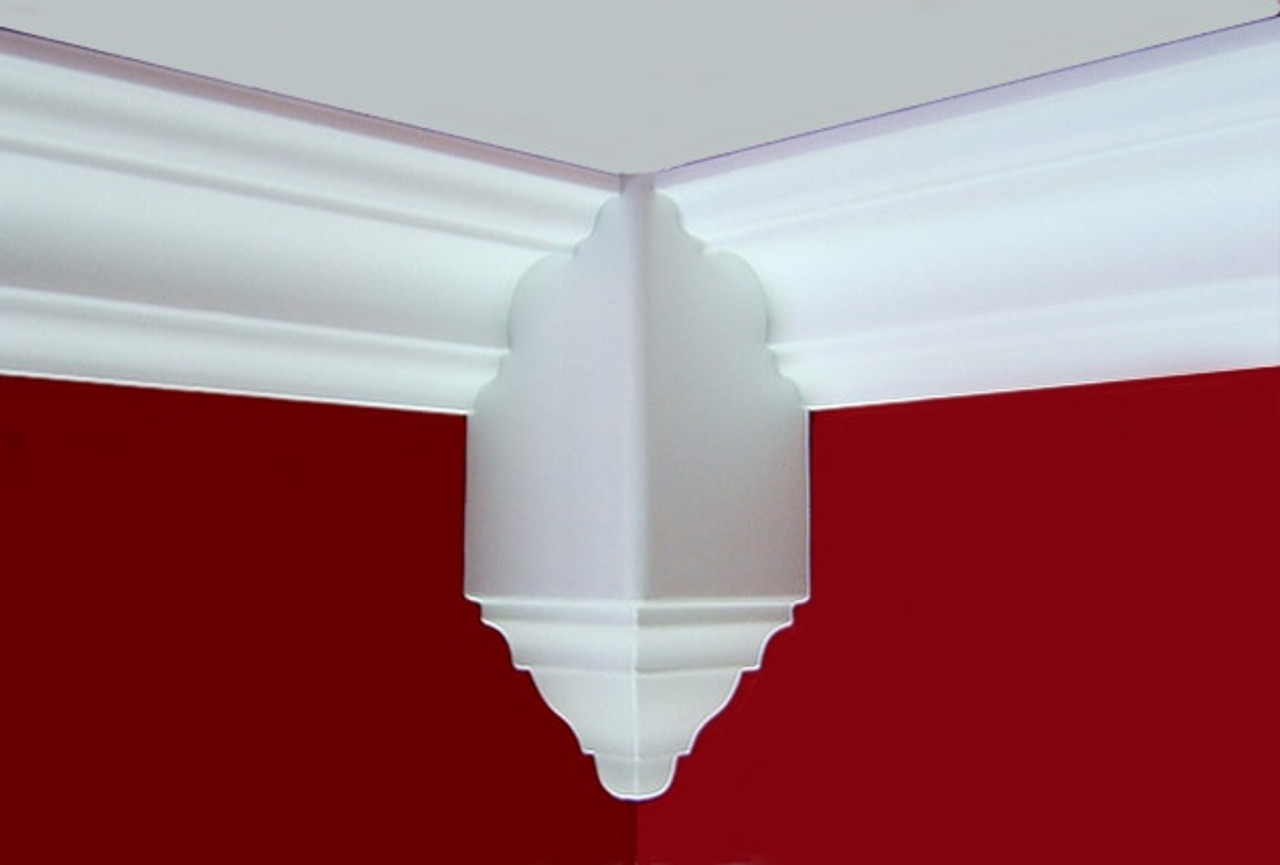Welcome to your comprehensive resource on decorative molding corners! With my years of experience in home decor and design, I can assure you that these small touches can have a tremendous impact on your space. Let’s dive in!
What Are Decorative Molding Corners?
Decorative molding corners are architectural elements that enhance the aesthetic appeal of a room. They are typically applied at the junction of walls, ceilings, or shelves, creating a finished and polished look.
Types of Decorative Molding Corners
Understanding the different types of molding can help you choose the right one for your project. Here’s a breakdown:
1. Crown Molding
Crown molding is typically used where walls meet ceilings. Its elegant curves can add height and sophistication.
2. Base Molding
Base molding, or baseboards, runs along the bottom of walls, providing a nice transition between walls and flooring.
3. Chair Rail
Chair rails are used to protect walls from chairs and other furniture. They also serve as an attractive dividing line for paint colors.
4. Cove Molding
Cove molding features a concave shape and is typically used along the ceiling line or the bottom of cabinets.
Comparison Table of Decorative Molding Types
| Type | Location | Style | Functionality |
|---|---|---|---|
| Crown Molding | Where walls meet ceiling | Elegant | Height and sophistication |
| Base Molding | Bottom of walls | Classic | Transition and protection |
| Chair Rail | Mid-wall | Decorative | Protection and division |
| Cove Molding | Ceiling line/Under cabinets | Sleek | Soft transition |
Benefits of Installing Decorative Molding Corners
Adding decorative molding corners can change the entire dynamics of your space. Here’s why you should consider them:
1. Enhanced Aesthetics
Molding adds visual interest and character to your rooms, making them feel more finished and inviting.
2. Increased Property Value
High-quality molding can significantly enhance your home’s appeal, potentially increasing its resale value.
3. Hiding Imperfections
Molding can effectively cover imperfections at the seams of walls and ceilings, giving your rooms a clean look.
4. Personalization
With various styles and designs available, molding allows for a personalized touch in your home decor.
How to Choose the Right Decorative Molding Corners for Your Space
Choosing the right molding can seem daunting, but with these tips, it’ll be a breeze!
1. Consider Your Interior Style
Identify if your home has a modern, contemporary, traditional, or rustic style. Your molding should complement this aesthetic.
2. Select Appropriate Materials
Common materials include wood, plaster, and polyurethane. Each material has its benefits regarding durability and cost.
3. Understand the Scale
Make sure the size of the molding is proportionate to the room. Larger rooms can handle thicker moldings, while smaller rooms benefit from slender profiles.
Installation Tips for Decorative Molding Corners
Installing decorative molding corners can be a rewarding DIY project. Here’s how to do it:
1. Gather Your Tools
You will need measuring tape, miter saw, nail gun or hammer, level, and adhesive.
2. Measure and Mark
Measure your corners and mark where the molding will go, making sure to account for any angles.
3. Cut the Molding
Use a miter saw to make precise cuts at a 45-degree angle for corners to ensure a snug fit.
4. Nail it in Place
Secure the molding with a nail gun or hammer, ensuring it’s flush against the wall.
5. Finish with Caulk and Paint
Fill any gaps with caulk and paint or stain to match your decor for a seamless look.

Common Mistakes to Avoid When Installing Decorative Molding Corners
Even seasoned DIYers can stumble upon pitfalls. Here are some mistakes to watch out for:
1. Inaccurate Measurements
Always double-check your measurements to avoid cuts that are too long or short.
2. Skipping Preparation
Always prepare your walls. Clean surfaces and remove old paint or wallpaper.
3. Overloading with Styles
Too many different styles can create a chaotic look—stick to one or two complementary styles.
Maintenance of Decorative Molding Corners
Maintaining your decorative molding corners is essential to keep their charm lasting. Here’s how:
1. Regular Dusting
Dust your moldings regularly to prevent buildup, using a soft cloth or duster.
2. Spot Cleaning
Wipe away stains or marks immediately with a damp cloth to keep the finish intact.
3. Periodic Painting
Repaint or touch-up your moldings every few years to maintain a fresh look.

Frequently Asked Questions (FAQs)
1. What is the best material for decorative molding corners?
The best material depends on your budget and the look you want. Wood offers elegance, while polyurethane is lightweight and easy to install.
2. Can I install decorative molding corners myself?
Yes! With basic tools and patience, many homeowners can successfully install decorative moldings.
3. Are decorative molding corners expensive?
The price varies based on material and style, but many affordable options exist. Always consider your budget when choosing molds.
4. Do I need to paint decorative molding?
It’s not required, but painting can give your molding a fresh look and help it blend into your decor better.
5. How do I clean decorative molding corners?
Simply dust and occasionally wipe with a damp cloth. Avoid harsh chemicals that may damage the finish.